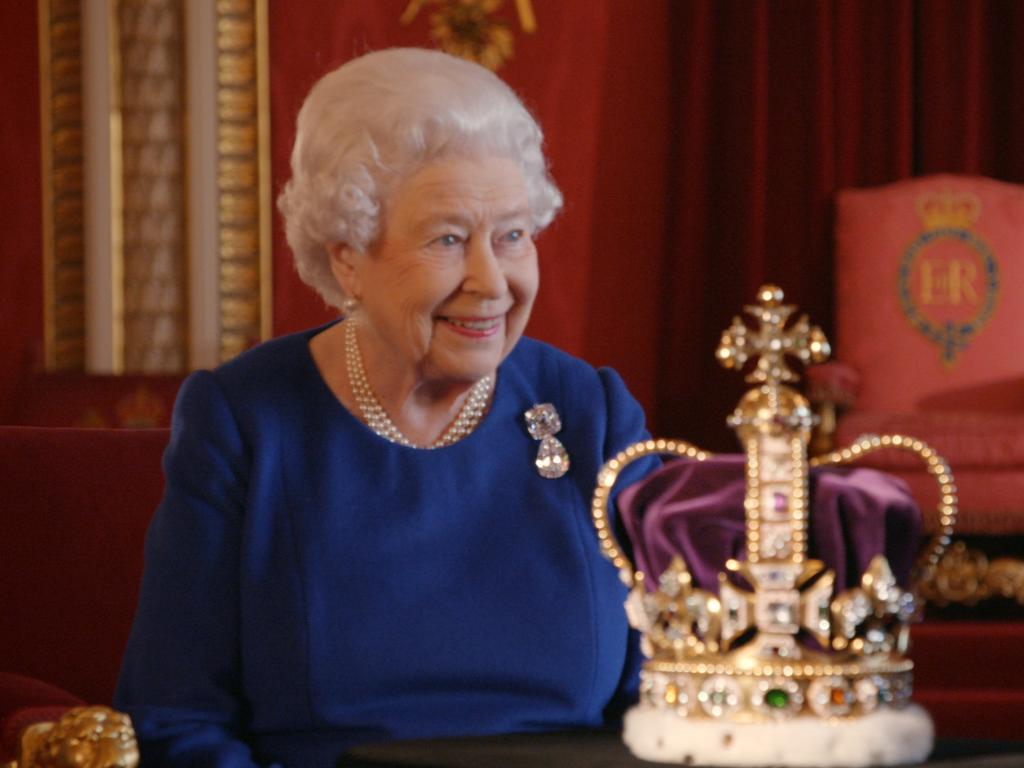Which royals are rolling in it
They have it all: assets held for centuries, a vast property portfolio and exemption from income and inheritance tax.
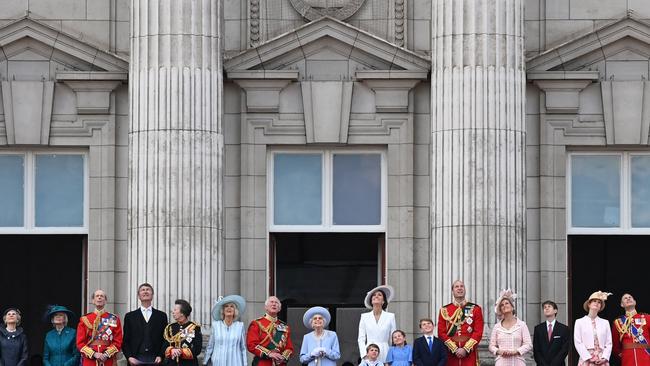
King George VI was apparently the first person to refer to the royal family as “the Firm”. It’s not hard to see why the nickname has stuck. The monarchy and its institutions can resemble a vast wealthy corporation. Tot up the value of its buildings, land, mineral rights, art and other treasures and you arrive at a number north of £20bn ($34bn), a figure exceeding the stock market value of Tesco, currently £17bn.
This has been a golden age for the fortunes of the world’s richest people – and the royals are no exception.
Over the past decade, their asset wealth has grown more rapidly than at any point since the first pieces of their estates were acquired by Edward the Confessor almost 1000 years ago.
The property boom of recent years has boosted the value of their land and buildings. In just 10 years the wealth of the monarchy’s largest institutions – the Crown Estate and the Duchies of Lancaster and Cornwall – has doubled. By the end of March this year, those three bodies showed net assets of £18.3bn, up from £9bn in March 2012. What the royals control is often surprising. As well as more than 200,000ha of land, they own hundreds of kilometres of the British coastline and an expanse of seabed larger than the UK’s entire land mass. Ascot racecourse, the Oval cricket ground and many of London’s most famous private members’ clubs also sit within the estates.
For all that we can see about the wealth of the royal family, much of it is held in ways that are not transparent or fiendishly complicated to outsiders.
Why are the royals unable to sell the assets they are said to own? Why are they not liable for inheritance tax or income tax? Why are the wills of senior royals not made public?
The Crown Estate: £16.5bn
The bulk of the royal family’s wealth lies in the vast property portfolio known as the Crown Estate, some of which predates the Norman Conquest.
The main Crown Estate wraps in land, buildings and seabed around England, Wales and Northern Ireland. The estate’s wealth has grown to £16.5bn and there is a sibling estate in Scotland – now administered by the Scottish government – that adds another £494.3m.
Almost half of the main Crown Estate’s wealth stems from London property. It owns almost all of Regent Street and valuable tracts of St James’s and Pall Mall and is the landlord of some of London’s smartest clubs: the Athenaeum, Boodle’s, the Carlton and the Reform Club.
As well as more than 240 buildings in the capital, the portfolio includes retail parks and shopping centres in Leeds, Harlow, Milton Keynes, Newcastle upon Tyne and many other towns and cities around the regions.
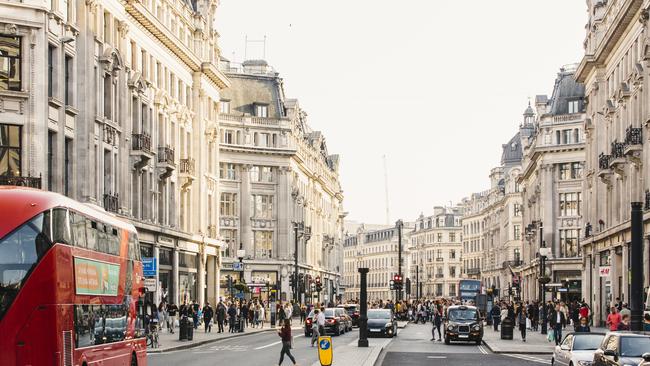
The main Crown Estate owns nearly 80,000ha of land, including Windsor Great Park and swathes of Cumbria and Wales. The Scottish estates of Glenlivet, Applegirth, Fochabers and Whitehill add another 37,409ha.
The marine holdings range from the majority of the UK’s foreshore, the land that appears and disappears beneath the waves between tides, and an enormous area of seabed, where the Crown makes a return with everything from carbon capture and potash mining to tidal energy and fibre-optic cables. The estate also has more than 30 offshore wind farms.
Although the Crown Estate belongs to the reigning monarch “in the right of the Crown”, it is not their private property to do with as they please. The sovereign has no power to sell holdings and does not receive income directly from the estate.

Instead, under a system dating back to 1760, the profits from the Crown Estate are surrendered to the Treasury which returns a percentage of this sum to the royal family as the Sovereign Grant. This funds the official travel, property maintenance and other running costs of the royal household on official business.
Up until 2017, 15 per cent of the estate’s profits were returned to the royal family in this way. However, this share was raised to 25 per cent in 2017 for a 10-year period to fund the £369m renovation of Buckingham Palace. In 2021-22 the Sovereign Grant was £86.3m.
The 2011 Sovereign Grant Act stipulates that “the Monarch is not legally liable to pay income tax, capital-gains tax, or inheritance tax because the relevant enactments do not apply to the Crown”.
So the monarch does not pay income tax on the Sovereign Grant and Charles will not receive a multi-billion inheritance tax bill for the Crown Estate.
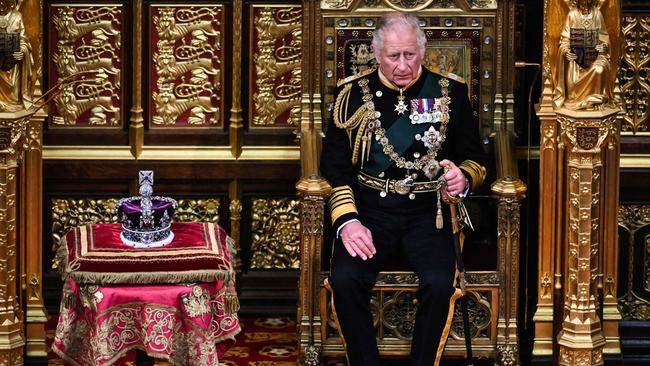
Charles III: £900m
Some aspects of the new King’s finances are clear. We know Charles inherits the Duchy of Lancaster, an estate owned by the monarch since the 14th century with 18,248ha of land in Cheshire, Lancashire, Yorkshire, Lincolnshire, Derbyshire, Staffordshire and south Wales.
The estate also has an “urban survey” that includes the 16th-century Queen’s Savoy Chapel and Wellington House, a seven-floor office building on the Strand in London, as well as property in Liverpool, Blackburn and Harrogate.
Castles owned by the Duchy across the Midlands, Wales and the north include Lancaster, Peveril, Bolingbroke, Tutbury, Pickering and Pontefract.
As with the Crown Estate, there are extensive assets along the coastline, ranging from a toll bridge over the Mersey to sub-sea pipelines and fibre-optic cables.
This Duchy showed £652.8m on its balance sheet earlier this year and delivered profits of £24m, a three-fold increase since 2000. The sovereign receives all of this income to spend as they wish. The Queen chose to pay income tax on these earnings for the last three decades of her life.

The estate has not been without its embarrassments for the royal family. In 2017 the leak of offshore financial records, known as the Paradise Papers, revealed that the Duchy had invested about £10m in funds held in the Cayman Islands and Bermuda.
Although the Duchy now passes to Charles, other aspects of his finances are less clear. What he inherited from his late father Philip, Duke of Edinburgh, or from his mother may never be known.
Her fortune in this year’s Sunday Times Rich List was estimated at £370m – wealth comprised of property, investments and other assets. This valuation excluded the Duchy of Lancaster.
Although Buckingham Palace and other royal palaces are owned in trust, the Sandringham Estate in Norfolk, which runs to 8000ha, and Balmoral, with 20,000ha, belonged to the Queen personally. It seems plausible that Charles will inherit both.
The Queen also had a large stamp collection, art, jewellery and an extensive portfolio of shares.
How much of this Charles will inherit from his mother will almost certainly remain a mystery because a court ruling in 1820 determined that a monarch’s will does not need to be published.
It’s plausible that Charles may inherit most of his mother’s assets – not least because of inheritance tax. As sovereign he is the only person who would be exempt from this charge, levied at up to 40 per cent on everything over the tax-free threshold of £325,000.

Prince William: £1.05bn
With the death of his grandmother, William takes control of the Duchy of Cornwall and in doing so effectively becomes a billionaire within a few months of turning 40 on June 21.
The new Prince of Wales was already very wealthy, having inherited around £10m from his late mother Diana and a further £7m from the Queen Mother, who died in 2002.
The vast private estate he now controls was set up in 1337 by Edward III to provide financial independence for his son and heir, Prince Edward. Charles became Duke of Cornwall as well as Prince of Wales in 1952 when his mother became Queen. Like his father before him, William will be able to use the profits from the estate to fund his “public, private and charitable” activities.
Those profits, referred to as “surpluses” in the Duchy’s annual report, stood at £21.2m in the past year, up almost 20 per cent over the past 10 years. Although the institution pays no corporation tax, Charles voluntarily paid income tax on what he received from the estate. William could in theory opt not to do so.
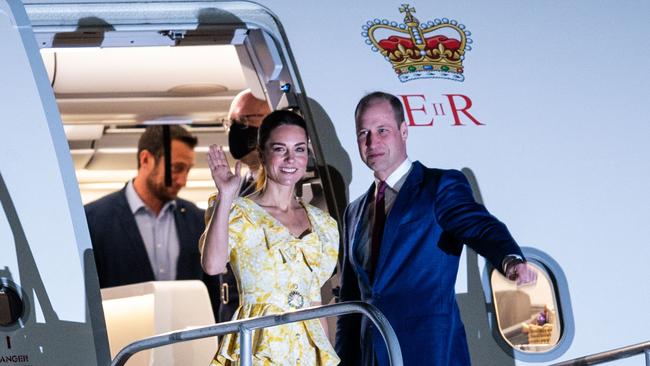
The estate’s income stems from vast property holdings. Almost 90 per cent of its £1.1bn holdings are real estate. This includesabout 52,000ha of land, stretching from Cornwall to Kent and large areas of Wales, Nottinghamshire and Lincolnshire.
This may be the Duchy of Cornwall, but it owns four times as much land in neighbouring Devon with 27,000ha of Dartmoor, almost a third of the national park. William’s new estate has 260 farms and some 2,640 tenancy agreements. Other assets include £345 i of commercial property in London, Milton Keynes and elsewhere. Its Kennington Estate in London includes nearly 40 flats and houses as well as the Oval cricket ground.
As with his father, William will not have a free reign with the estate’s assets. He is only allowed to spend those annual surpluses and cannot access any capital gains from sales. The offloading of any asset worth more than £500,000 has to be approved by the Treasury.
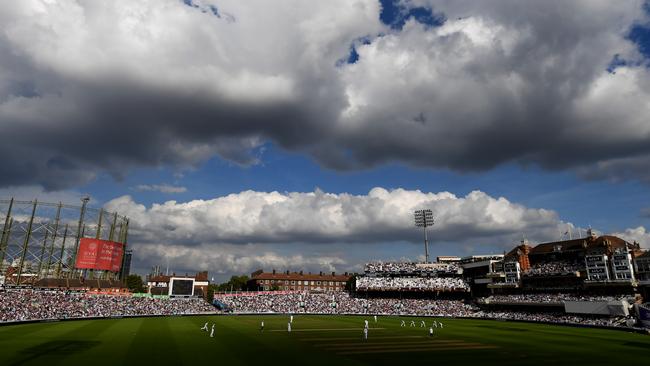
Princess Anne: £50m
The Queen bought Gatcombe Park for her daughter in 1976 for around £750,000 which is more than £4m in today’s money. The Grade II* listed Gloucestershire mansion is set in 280ha and just 10km from Highgrove, her elder brother’s rural retreat.
Princess Anne, 72, has spoken openly about ensuring that the estate supports itself. As well as making money from farming, Gatcombe also generates a return from hosting the annual Festival of British Eventing.
“Being able to take on a place like this – for me, I’ve got to make it work,” Anne once told the BBC’s Countryfile television program. “This is not something that comes free, this has got to pay its way, otherwise I can’t stay here.”
Considered for many years the “hardest working royal”, Anne has some of her expenses met by the Sovereign Grant and is also thought to have received financial support from the Duchy of Lancaster. She is also thought to own an extensive jewellery collection.
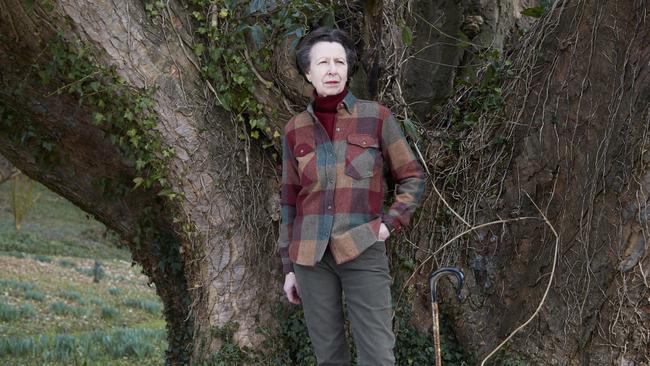
Prince Andrew: £5m
The Queen’s second son earlier this year settled a civil sexual assault case brought against him in the US by Virginia Giuffre. There have been suggestions that the Duke agreed to a settlement between £7.5m and £12m. Little is known about Andrew’s finances or how – or even who will ensure – the bill is paid.
He receives an annual Royal Navy pension of £20,000. During his time as a working royal, he received around £250,000 a year to run his office.
However, those duties ceased in 2019 after the infamous Newsnight interview about his relationship with the convicted sex offender Jeffrey Epstein.
But, like his siblings, the Duke has almost certainly inherited significant sums of family money over the years. The Queen also gave Andrew and his ex-wife, Sarah Ferguson, Sunninghill Park as a wedding present. The Berkshire mansion was sold in 2007 for £15m, which was £3m over the asking price.
But there is scant evidence of valuable assets owned by the Duke. He now lives at the Royal Lodge in Windsor, a Grade-II listed property that he leases from the Crown Estate. Ferguson is said to have recently bought a £5m home in Mayfair.
The sale of a Swiss chalet in the exclusive Swiss ski resort of Verbier that he owned jointly with his wife has proved tortuous. Worth an estimated £17m, the seven-bedroom property is understood to have been bought with a hefty mortgage.
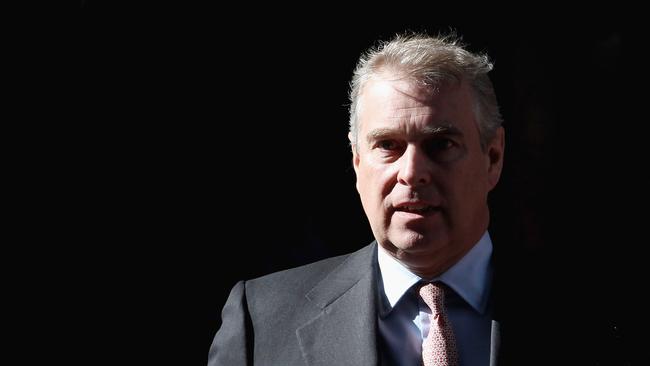
Edward and Sophie: £10 million
Edward, his wife Sophie and their two children live at Bagshot Park, a Surrey mansion set in just over 20ha adjoining Windsor Great Park. The Wessexes became full-time working royals in 2002, fulfilling duties on behalf of the Queen. Their living costs are thought to be met through the Duchy of Lancaster, with their working lives financed by the Sovereign Grant.
With Bagshot Park leased from the Crown Estate, the Wessexes have little obvious asset wealth. However, the Earl has almost certainly inherited millions of pounds over the years from his grandmother and his late father.

Harry and Meghan: £20m
Most of the California-based couple’s fortune stems from Harry’s inheritance from his mother, Princess Diana. By the time the Duke of Sussex was eligible to receive the money on his 25th birthday, it had grown to some £10m. He is also thought to have received a stipend from the Duchy of Cornwall until relations with his family soured two years ago.
The Duchess was independently wealthy before marrying the Duke, receiving around $US50,000 ($74,371) an episode for her 100-show run on the TV show Suits. She also made money from running a fashion line for a Canadian brand.

Since, in their words, “taking a step back” from royal duties the couple have developed new ways to maintain their glamorous lifestyle. Although the Sussexes were apparently not paid for their explosive Oprah Winfrey interview earlier this year, a deal with Spotify to make podcasts may deliver as much as 18 million pounds for the couple. They have also signed a deal to make programs with Netflix.
One of their most successful money-making endeavours has been property. Local estate agents have suggested the nine-bedroom home they bought in Santa Barbara for £11m may have doubled in value since the Sussexes bought it two years ago.
* All members of the royal family’s wealth is estimated
The Times

